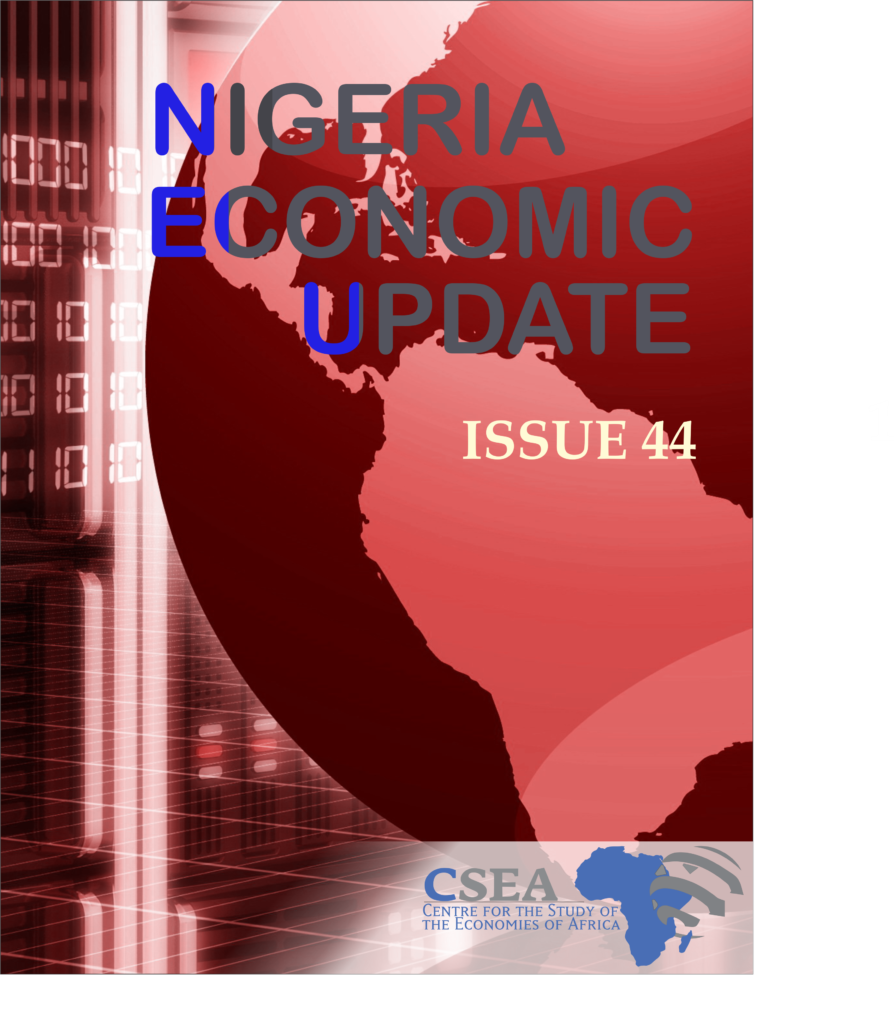At N4,401.91 billion or 7.7 per cent of GDP, gross federally collected revenue for the first half of 2018 was 33.7 percent below the proportionate budget estimates but 47.1 percent above the level recorded in corresponding period of 2017.1 The difference in revenue, relative to the proportionate budget estimates, was driven by shortfalls in both oil and non-oil revenue components. The decline in oil revenue was due to a difference between the budgeted crude oil production benchmark of 2.3 million barrels per day (mbd) and the actual production of 1.90 mbd. An increase in crude oil price over the budget benchmark within the review period was insufficient to reverse the decreasing trend in oil revenue.
Macroeconomic Report & Economic Updates

November 14, 2018
Nigeria Economic Update (Issue 44)
At N4,401.91 billion or 7.7 per cent of GDP, gross federally collected revenue for the first half of 2018 was 33.7 percent below the proportionate budget estimates but 47.1 percent above the level recorded in corresponding period of 2017.1 The difference in revenue, relative to the proportionate budget estimates, was driven by shortfalls in both […]
Read →
Related
Nigeria Economic Update (Issue 3)
Provisional Monetary
statistics by the CBN show an increase in currency in circulation a portion
of overall money supply. Specifically, currency in circulation rose
(Month-on-Month) by 14.2 percent to N2.2 million in December 2016
the highest Month-on-Month increase recorded for the year 2016. The rise in currency-
outside-bank may be attributed to the growing demand for cash balances for
spending activities during the festive period. This development would largely compound
the liquidity problem associated with TSA implementation and ongoing CBN
monetary tightening as deposit money banks might be cash-strapped. Going
forward, efforts should be geared towards intensifying initiatives that promote
a cashless economy that encourages cashless transactions.
Nigeria Economic Update (Issue 4)
Recently released labour force report by the NBS shows a quarter-over-quarter increase in Nigerias working age and labour force population. Working population rose from 110.29 million in 2017Q2, to 111.13 million persons in 2017Q32. The working age population in 2017Q3 constituted 85.08 million persons in the labour force (an increase from 83.94 million), of which 40 percent were either unemployed or underemployed. Thus, total employed persons in the quarter reached 69.1 million.
